- Smooth turbocharged drivetrain
- Excellent bump absorption
- Roomy, minimalist interior
- Sky-high pricing for not enough standard equipment
- Too much road noise
- Drop in interior quality from previous model
The launch of a new generation of the Volkswagen Golf is always a highlight in the automotive world. Now in its eighth generation, the 2021 Volkswagen Golf 110TSI is the latest iteration of the German brand’s iconic hatch. With sales exceeding 30 million since its launch back in 1974, VW’s small hatch is often the first car we associate with the brand.
45 years after its launch, Volkswagen is remaining tight lipped whether this will be the last Golf ever. With buyers flocking to SUVs, the Tiguan is now VW’s most popular model in Australia. In Europe, VW’s ID3 electric hatch is widely seen as the Golf’s replacement. It is meant to consign the Golf to the history books, much like the Golf itself did to the Beetle.
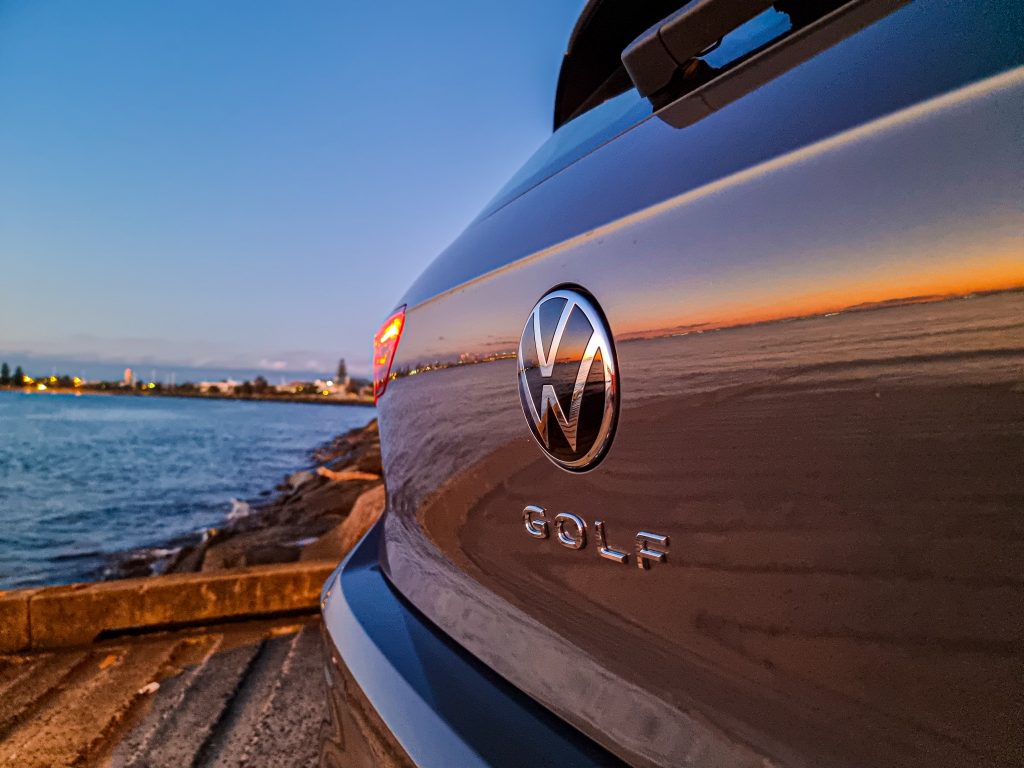
So is the Golf 8 any good and does it maintain the high standard seen in its predecessors? Is it still the go-to small car to buy? The answers might come as a surprise.
Price & Equipment: 7.0/10
Pricing for the 2021 Volkswagen Golf 110TSI starts at $29,550 plus on-road costs for the six-speed manual – our eight-speed automatic test car is priced $2,000 higher at $32,150 plus on-road costs (Volkswagen isn’t quoting a drive away price for the car at the moment). Standard kit for the entry-level Golf includes 16-inch alloy wheels, LED lighting, auto lights and wipers, a leather steering wheel, an 8.25-inch touchscreen with wireless Apple CarPlay and Android Auto, DAB digital radio, tri-zone climate control, a 10.25-inch digital driver’s display, four USB-C ports, an auto-dimming rear mirror and a six-speaker sound system.
| 2021 Volkswagen Golf 110TSI Automatic | |
|---|---|
| Price (RRP): | $32,150 (plus $600 paint) |
| Doors and Seats: | 5 doors, 5 seats |
| Power and Torque: | 110kW/250Nm |
| Transmission: | 8-speed automatic |
| Fuel Consumption | 5.8L/100km claimed, 6.5L/100 as tested |
| Warranty: | 5 year/unlimited kilometre |
| Service pricing (five years/75,000km): | $2,900 ($580 per service) |
| 0-100km/h sprint time: | 8.4 seconds (as tested) |
Standard safety kit is impressive with eight airbags, auto emergency braking (AEB) with pedestrian, cyclist and intersection assist, adaptive cruise control, rear auto braking, automatic post-collision braking, lane keep assist, front and rear cross-traffic alert, blind-spot monitoring, front and rear parking sensors, a reversing camera and automatic parking.
In terms of available colours, ‘Pure White’ is the only standard colour while ‘Deep Black’, ‘Atlantic Blue’, ‘Dolphin Grey’ (which our test car was painted in) and ‘Reflex Silver’ are $600 extra. The ‘Pomelo Yellow’ hero colour is $900.
Buyers may be tempted by the next Golf up: the $34,450 +ORC Life, which uses the same engine as the base model but adds a larger centre screen with inbuilt satellite navigation, larger 17-inch wheels, auto-folding mirrors, front seat lumbar adjustment, a rear centre armrest, wireless phone charging and wireless smartphone mirroring – not bad for an extra $2,300, but by then, it’s almost $40,000 drive away for a mid-spec Golf.
Much has been said about the Golf 8’s pricing, so how does that compare to the old model? For 2020, the base car was priced at $27,790 plus on-road costs for the entry level car, which is $4,360 less than the Golf 8. Standard kit – especially safety equipment – has climbed and features such as adaptive cruise control, blind-spot assist, lane keep assist and LED headlights are now standard kit. But $4,360 is a lot of money, especially when the underpinnings and engine are the same as the last car – and Volkswagen isn’t doing drive away special pricing with this generation Golf as yet either.
Competing against the entry-level Golf in price are the $31,420 (+ORC) Hyundai i30 N Line and the $32,695 (+ORC) Toyota Corolla ZR. Both models have a sporty flavour in their styling and driving dynamics, but they’re the closest thing to the base Golf in pricing in each respective model range (competing on equipment, an i30 Elite is $30,200 +ORC and the Corolla SX is $28,795). The Golf has the i30 and Corolla covered on active safety tech, aside from the Corolla’s lane trace assist and both competitors’ auto high beam.
But both the i30 N Line and Corolla ZR have wireless phone charging, auto-folding mirrors and a rear centre armrest, leather or leather/suede upholstery, and the Corolla adds even more, including a heads-up display, an eight-speaker JBL sound system, satellite navigation with live traffic, an electric driver’s seat, heated front seats and digital radio. When put into perspective with those rivals, the Golf looks like poor value for money.
Performance & Economy: 8.0/10
All non-performance 2021 Volkswagen Golfs come powered by a 1.4-litre four-cylinder petrol engine, which generates 110kW at 5000rpm and 250Nm between 1500rpm and 4000rpm. The engine is paired with an Aisin-sourced (and Japanese made) eight-speed torque converter automatic transmission.
This is a big change from the old Volkswagen Golf 7.5’s seven-speed ‘DSG’ dual-clutch automatic. Some might see this as a backwards step, but as we saw with the Skoda Karoq 110TSI, the change is a masterstroke. We’ve long complained how the dual-clutch DSG auto in the previous Golf behaved oddly at low speeds with its hesitancy and quirks, meaning the move to a traditional auto in the new Golf 8 is a good step – especially for the regular folk who’ll be buying these cars.
The gearbox is more intuitive from a take off than the DSG it replaces – there’s none of the immediate shift to second gear that a DSG gives you, and it’s all the better for it. Sure, the shifts aren’t lightning quick like a DSG, but will buyers care? We don’t think so. Golf 8 GTI models retain the seven-speed wet-clutch DSG unit that carries over from the Golf 7.5, as they are better matched to the sporting intent of a hot hatch.
Putting your foot down at any speed yields an instant urgent response from the small turbocharged engine. We’ve long sung the praises of the 110TSI engine and here it continues to punch above its weight, despite its age. We tested a 0-100km/h sprint time of only 8.4 seconds, which is quicker than the 2.0-litre naturally aspirated cars that the Golf competes with – though not the quick i30 N Line.
Volkswagen claims a combined fuel consumption figure of 5.8L/100km of premium 95RON fuel, a figure which is easily achieved during highway driving. The Golf 8 is also the most aerodynamic Golf ever and its improved aerodynamics no doubt contribute to reduce fuel consumption. Expect fuel consumption to hover around 6.5L/100km around town, showing just how efficient the 1.4TSI really is in the real world.
Ride & Handling: 8.0/10
Under the skin, this Golf 8 is pretty much the same car as the one it replaces, as it’s based on the VW Group’s MQB platform. Elements of the chassis have however been tweaked by the Wolfsburg engineers. They’ve improved the Golf’s structural integrity thanks to the use of higher strength steels and better welding techniques. The suspension has been reworked slightly, with retuned springs, dampers and bushings, whilst the steering has seen updates too.
On the road, these updates give the Golf a solid feel from behind the wheel, with a beautiful ride seemingly eliminating most road imperfections. We still marvel at how we see a bump in the Golf, expect a large thud, yet barely feel a small thump. Much like Golfs of old, the Golf 8 rides like a much more substantial car than it really is.
The steering comes across as a little light initially, but it’s super direct and fluid to use, giving decent feel through corners. The Golf is a delight to fling into bends, pulling through them almost clinically, even on these small 205/55/R16 Goodyear Efficient Grip Performance tyres. It feels agile, tucking its nose in with a lift to the throttle mid-corner. A word of warning in the wet however, this Golf’s humble tyres quickly run out of grip.
Oddly however, the new Golf 8’s refinement leaves a lot to be desired. The lack of insulation from road noise is a little out of place in car which rides and handles this well. On course chip surfaces at freeway speeds, it was almost impossible to maintain a conversation with passengers, such is the level of roar from the tyres – and that’s on the base model with chunky tyres. On the plus side, there is hardly any wind noise at speed.
It seems that the Volkswagen Golf is no longer class leading when it comes interior quietness. It now lingers behind class leaders like the Mazda3. Rather disappointing considering the old Golf Mk7.5 felt almost vault-like in its refinement and shows how Volkswagen cut a few corners with the Golf 8.
Interior & Practicality: 8.0/10
Jumping Inside, it’s clear Volkswagen has gone for a minimalist, clean look to the interior. Things feel decidedly modern in here, with a tech-heavy emphasis. The screens are large and clear and the amount of buttons kept to a minimum. Sliding into the driver’s seat, everything looks really good, with clear graphics greeting you on the 10.25-inch digital dials.
The front seats are also excellent, they adjust generously and feel lovely to sit in, even on long journeys – though no lumbar adjustment in a Volkswagen product is strange. The steering wheel is great to hold, featuring physical buttons, just like the Volkswagen Passat Alltrack we drove recently. There’s plenty of room up front to stretch out, large felt lined door-bins, decent adjustable cupholders and a large area for your smartphone where the centre console meets the dash. No wireless charging here, however.
Looking a little closer reveals some gripes with the interior. The climate controls are now entirely located on the seemingly too small 8.25 inch central touchscreen and have to be brought up by pushing a little touch sensitive button on the dashboard. There’s a little lag in the system and we can’t help but wonder how simple life used to be with a simple knob to set the ideal temperature, instead of having to prod the a small touchscreen several times. It feels rather distracting when driving.
Interior quality has also taken a step back from the Mk7.5 Golf. Gone is the roller shutter over the cupholders, the small storage cubby under the headlight controls, the glovebox is not chilled any longer and is not lined with felt. Check under the bonnet and you’ll find spots which haven’t been painted. A Skoda Octavia has a better quality interior – ironic when Skoda is meant to be the ‘budget’ offering in the Volkswagen Group.
Not all is lost, as the Golf continues to be super practical and functional behind the front seats. Rear seat passengers get their one air vents and can set their own unique temperature, deep door pockets capable of holding a medium-sized water bottle, LED reading lights and another pair of USB-C ports to plug in to as well. Legroom is decent as is headroom for a small car and the seat itself is nicely angled to feel comfortable on long journeys. There are no map pockets, however and the lack of an armrest jars. And no floor mats as standard? C’mon.
Don’t get us wrong, the Golf 8 still has a well made, roomy and tech heavy interior, but it doesn’t hit the same highs as Golfs of old. The move to make everything digital has ironically come at the cost of ease and user functionality.
Service & Warranty: 7.0/10
Like other Volkswagen products in Australia, the 2021 Volkswagen Golf 110TSI comes with a five-year/unlimited km warranty with 12 months of roadside assistance that’s extended a further 12 months with each service up to five years in total. The Golf’s service intervals are once yearly/every 15,000km, whichever comes first and for five years/75,000km of servicing, the Golf costs a massive $2,900 (or $580 per service).
Buyers can choose a pre-paid service pack at the time of purchase, and for five years/75,000km, a service pack costs $2,100 ($420 per service), which is $800 less than what it would cost to pay-as-you-go. Toyota and Hyundai both offer five year warranties – the Hyundai has the same roadside assistance program as Volkswagen, while Toyota gives you none at all. Five years of i30 servicing costs $1,540 and an amazing $900 in the Corolla.
The 2021 Volkswagen Golf 110TSI DiscoverAuto Rating: 7.6/10
Sadly, Volkswagen complicated things with its iconic hatch this time around. The base 2021 Volkswagen Golf costs too much yet features too little. Cheaper competitors now easily match the Golf in terms of interior quality and offer more standard features. Oddly, it is the Volkswagen Golf which has now slipped behind in some areas such as refinement. The trademark Golf attributes are no more, while the price has been further increased.
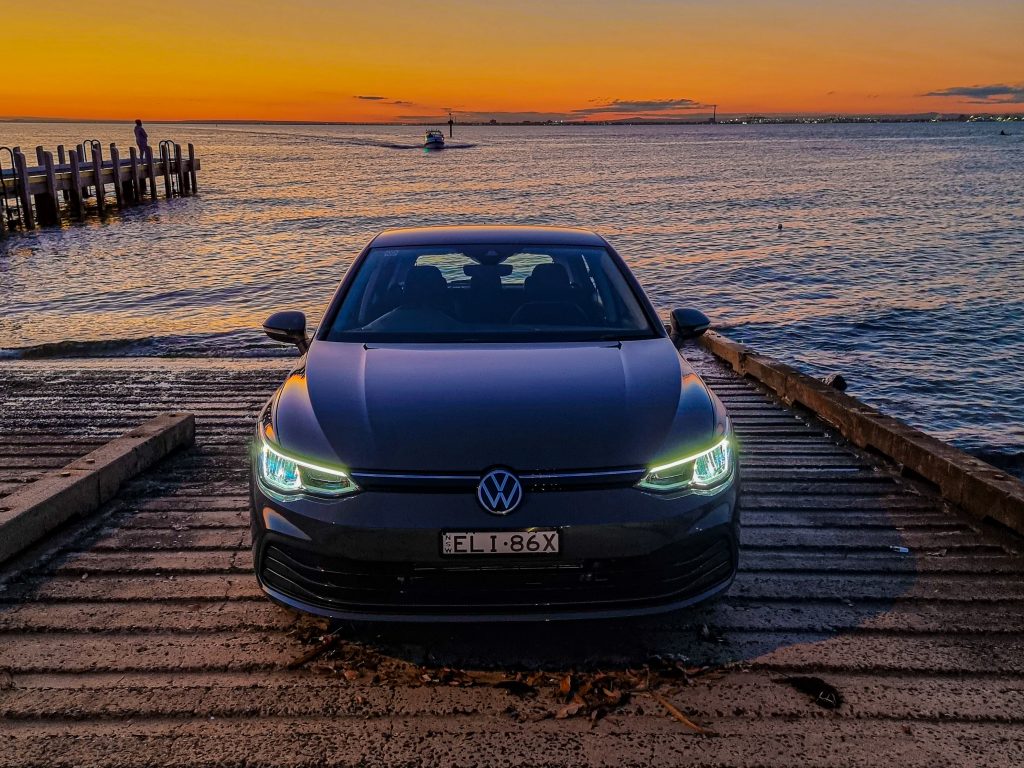
For the money, the base 2021 Volkswagen Golf unfortunately fails to delight in the way it should. The new screens and clean look inside will appeal however, and the ride and handling are still right up there, along with a smooth and efficient drivetrain. But is this enough to be at the top of the small car podium in 2021? We’re not so sure. The Golf remains a classy small car however. It’s a good car in a segment which is unfortunately being alienated more and more these days by buyers.
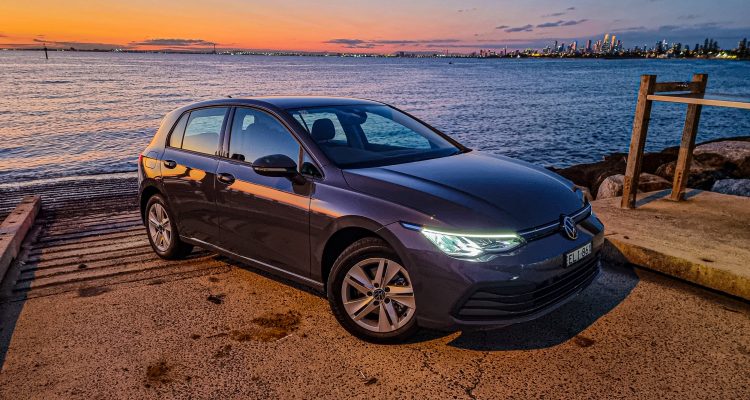
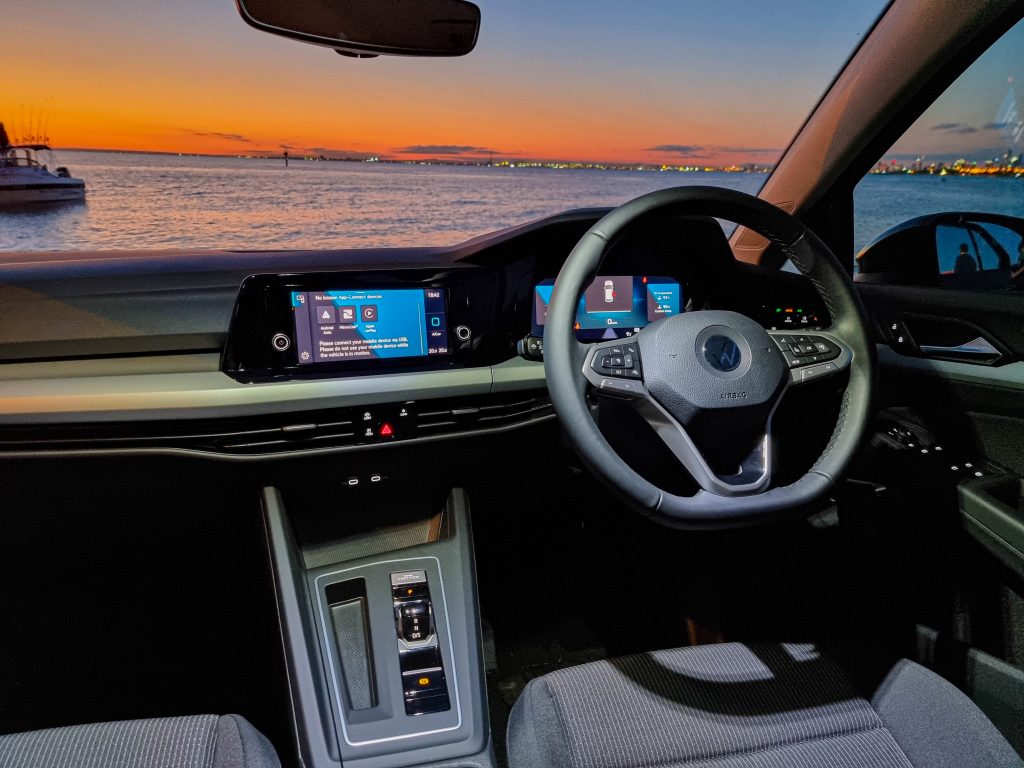
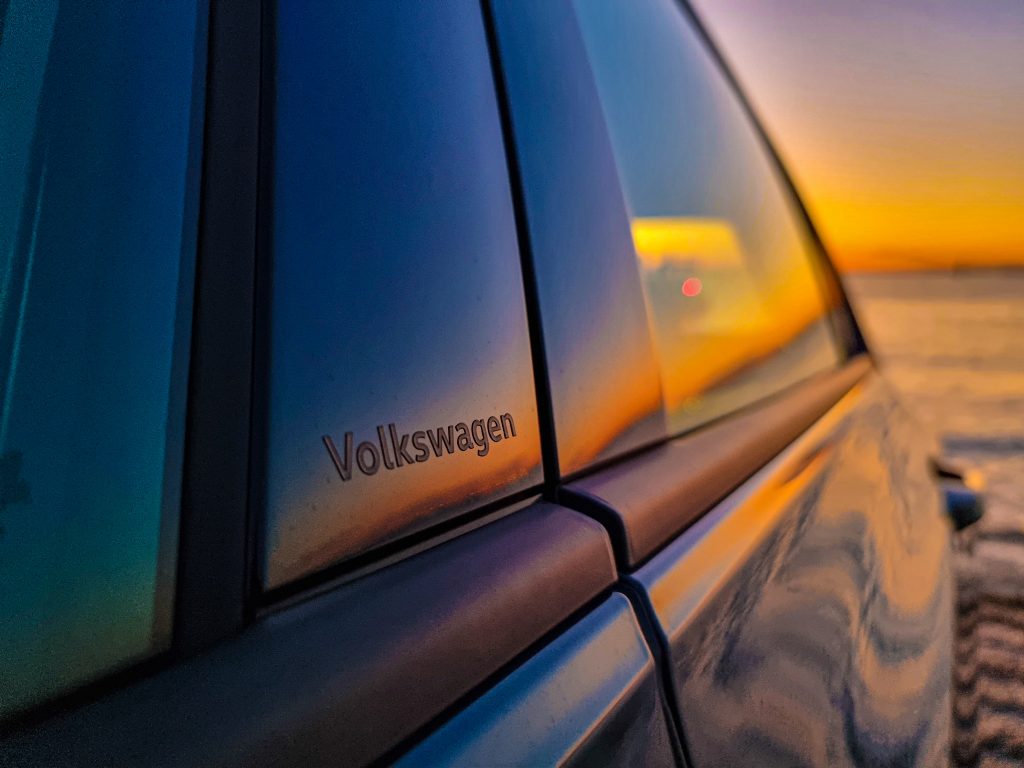
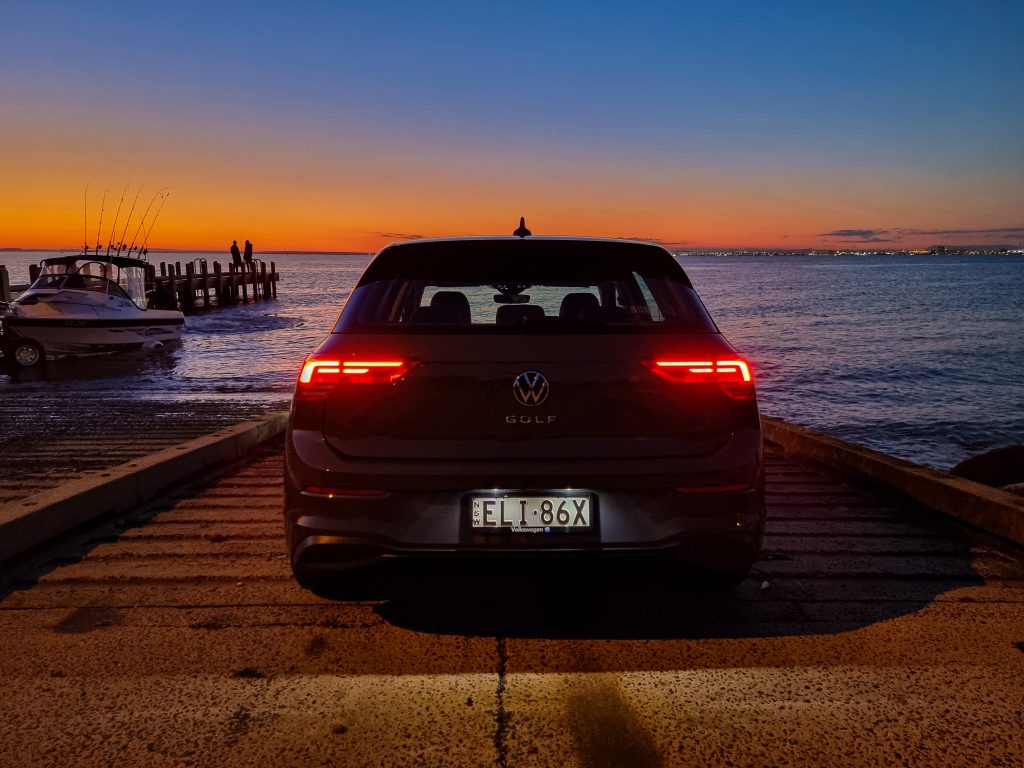
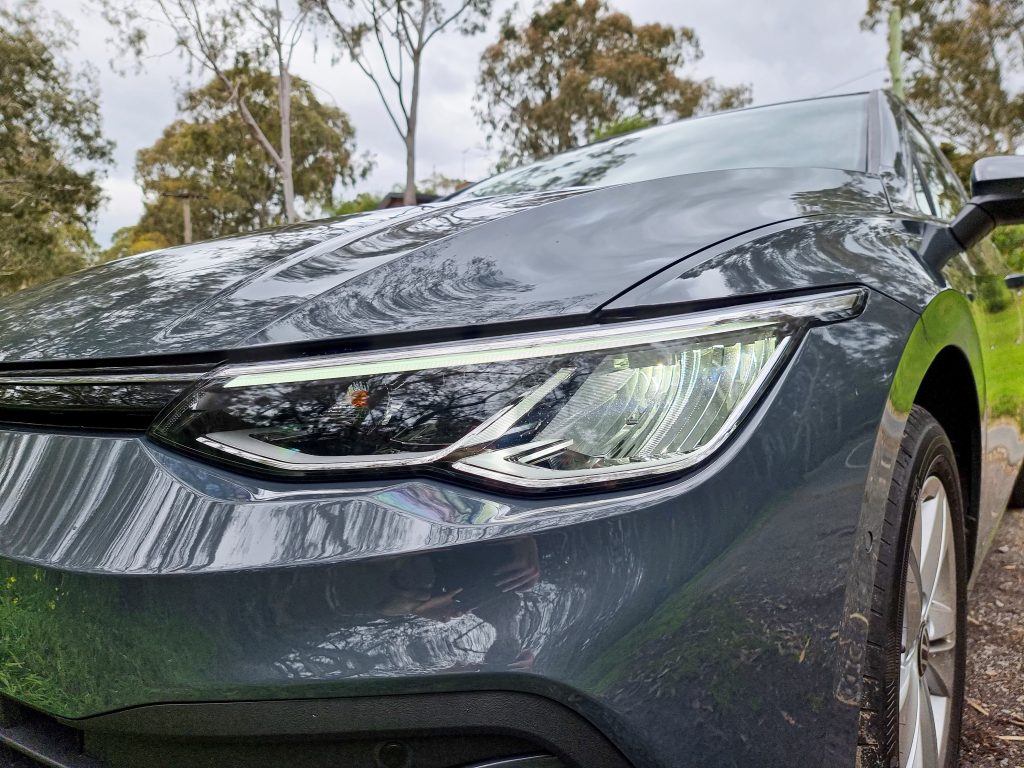
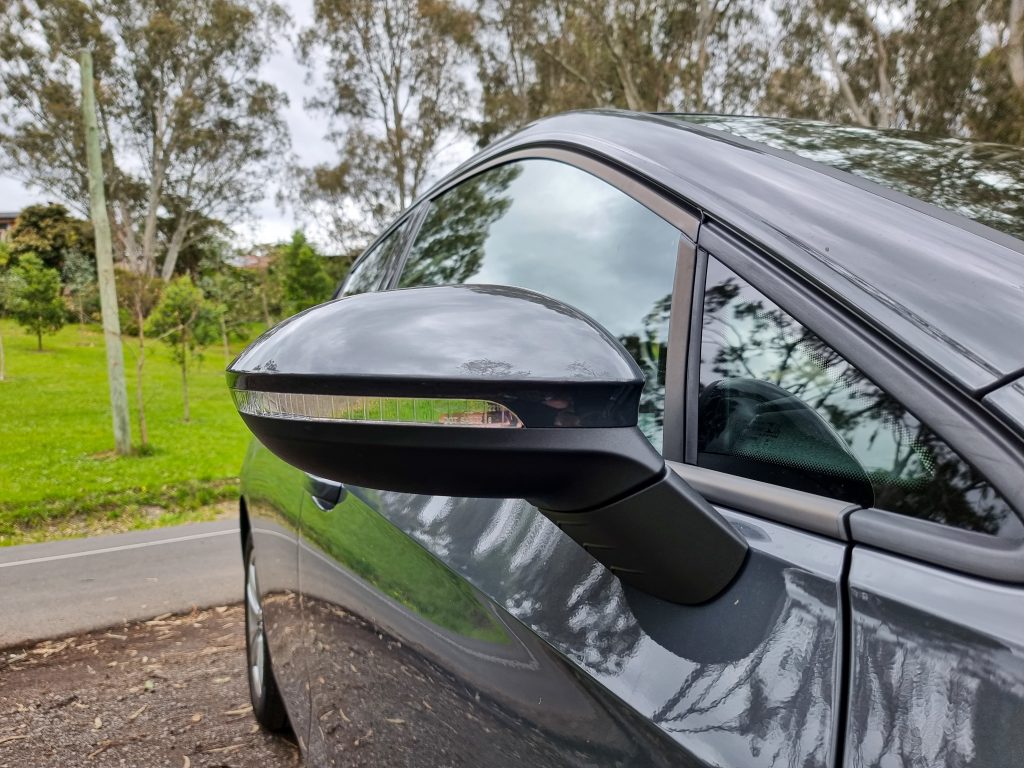
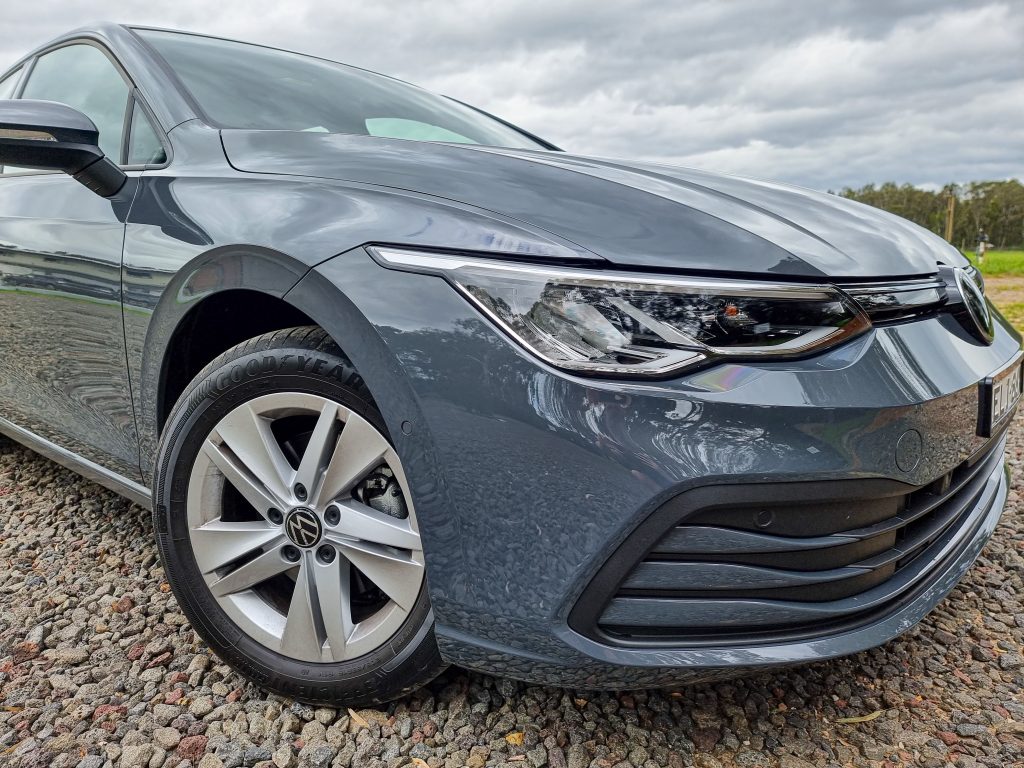
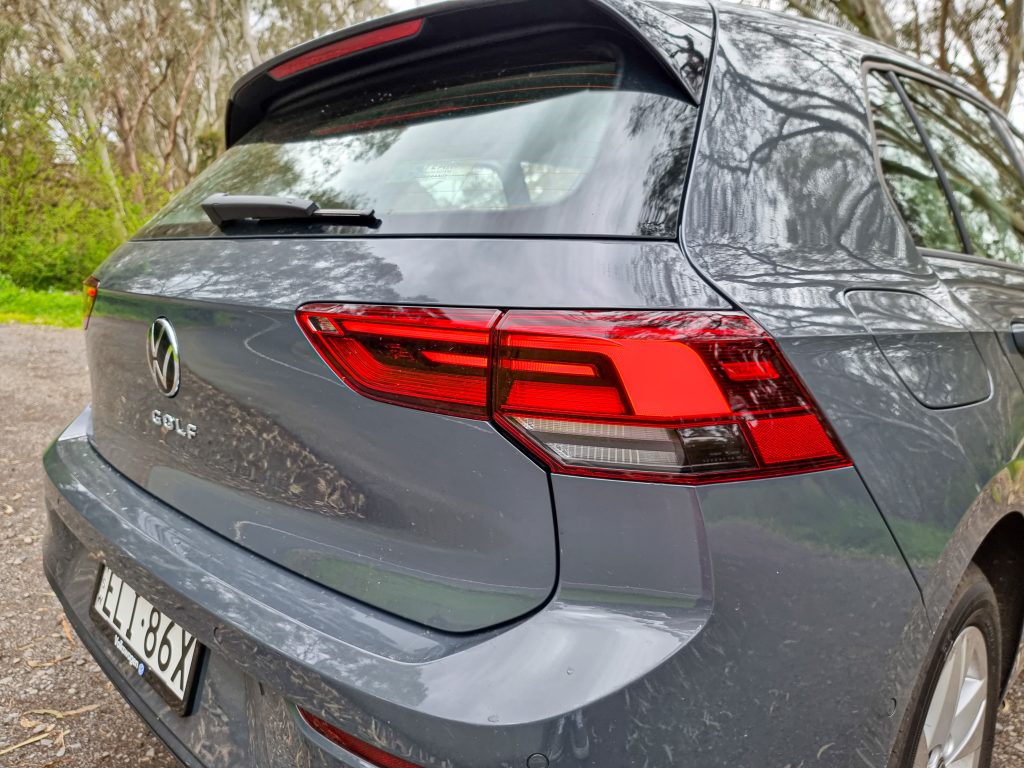
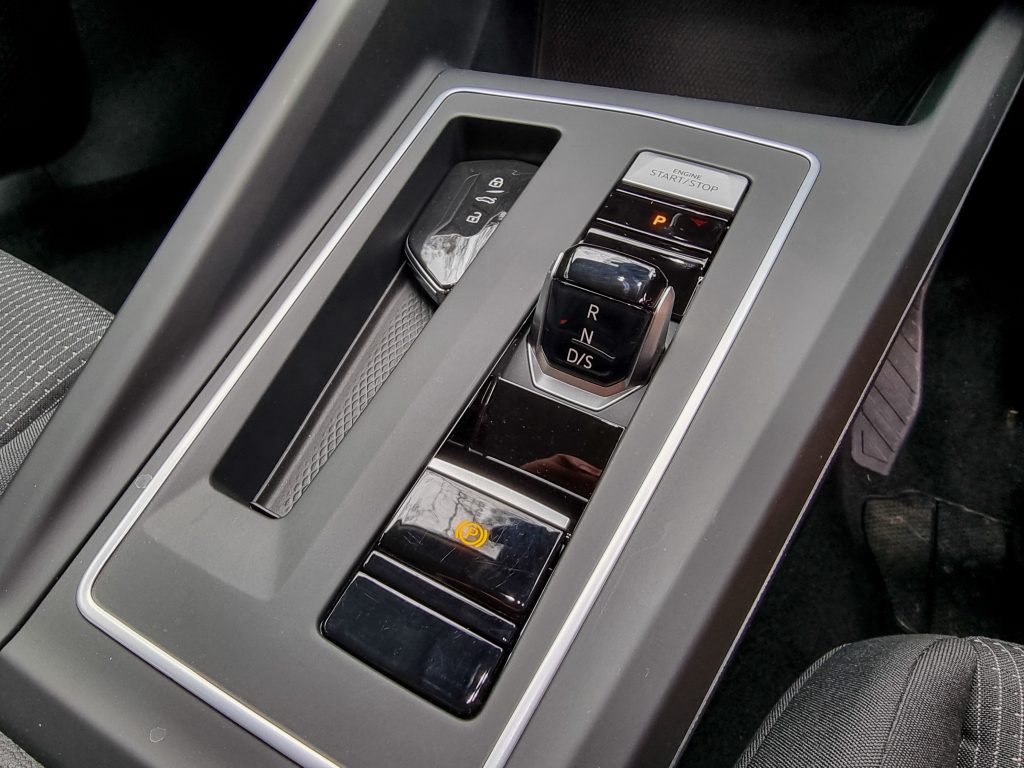
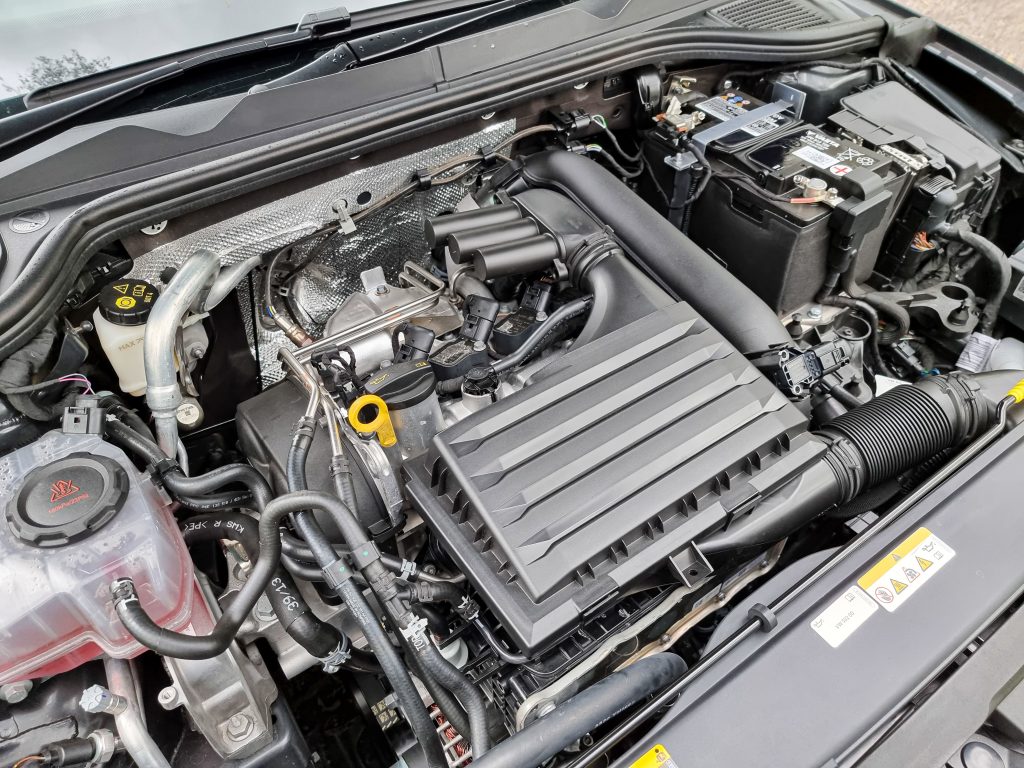
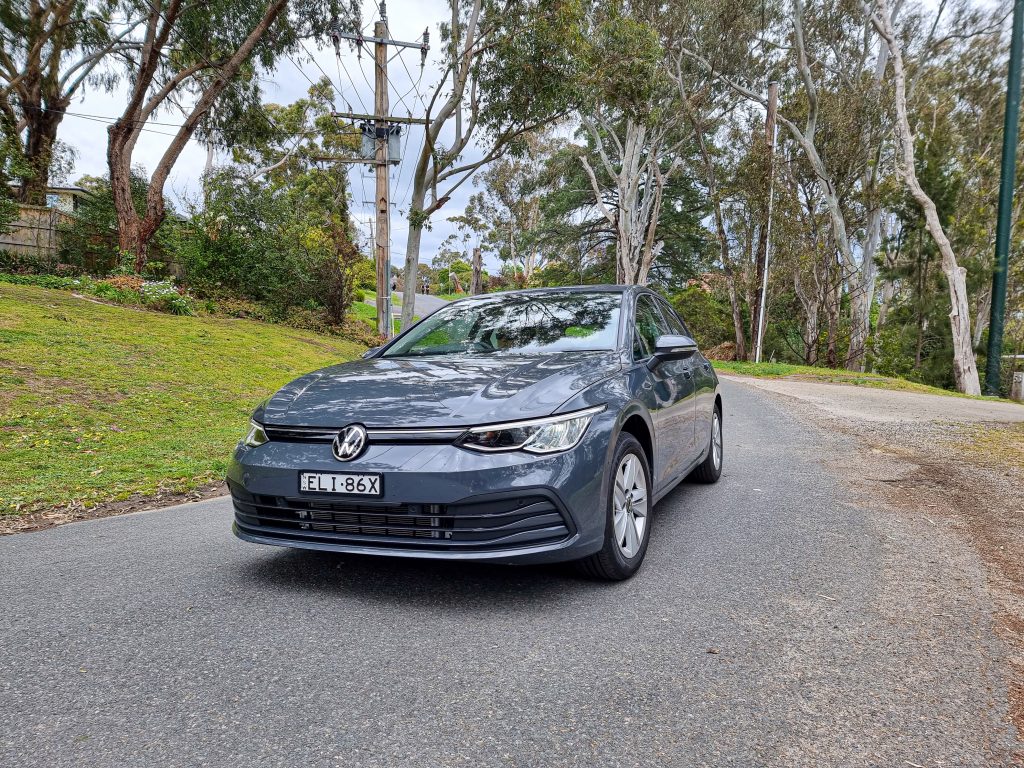
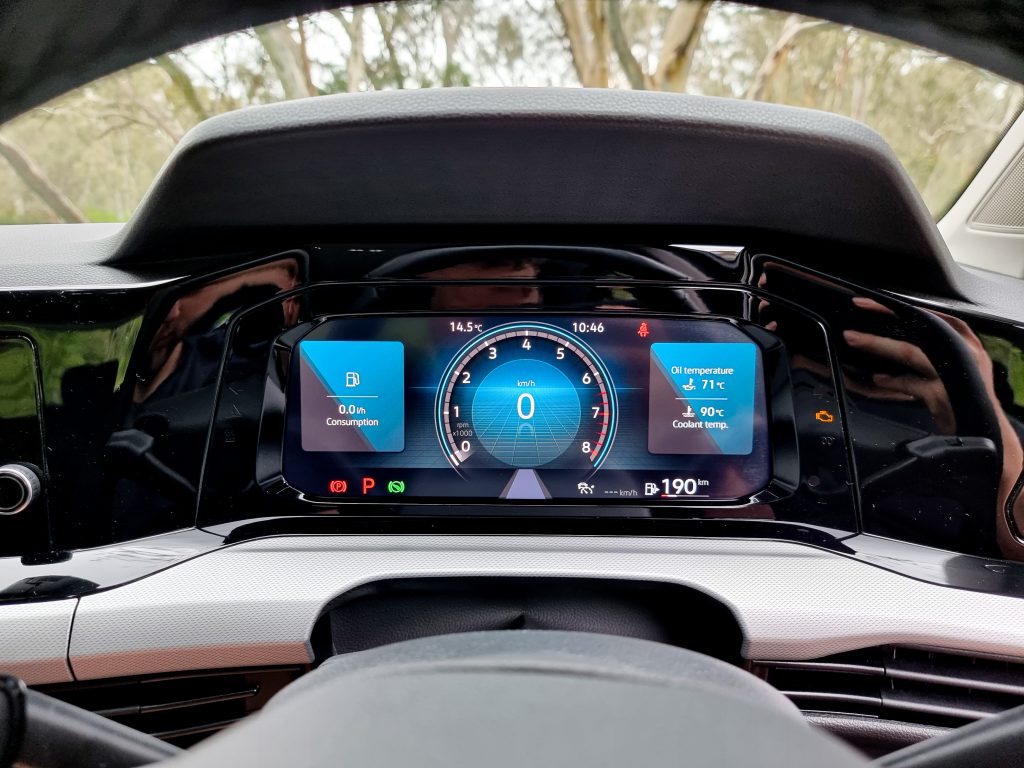
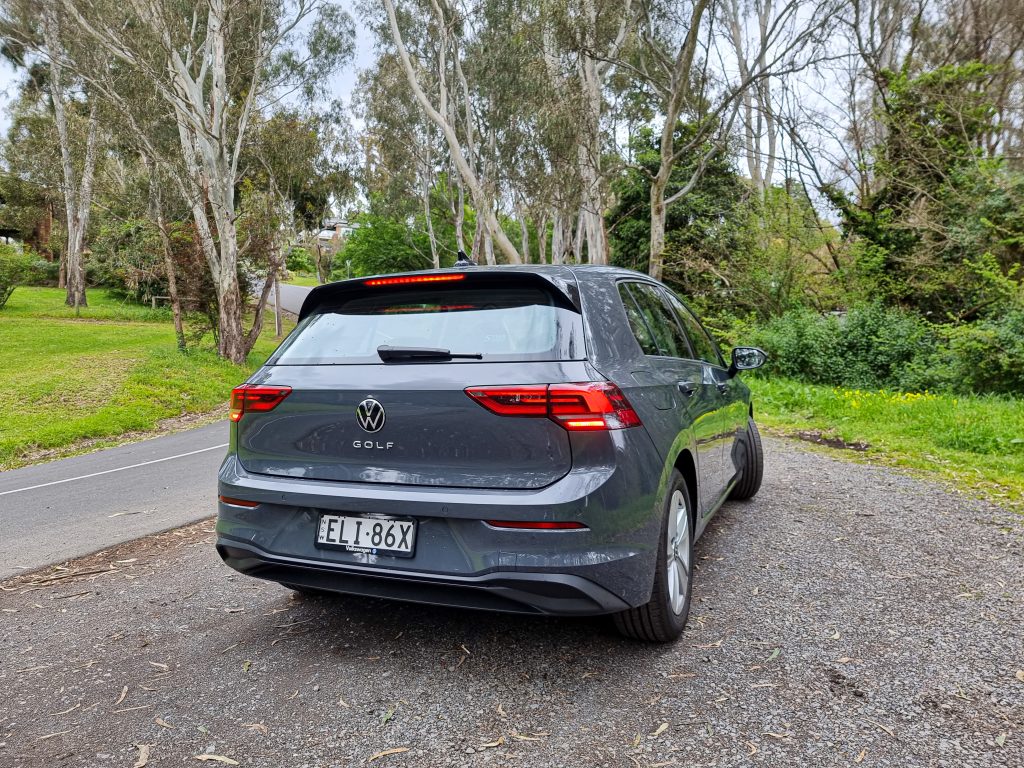
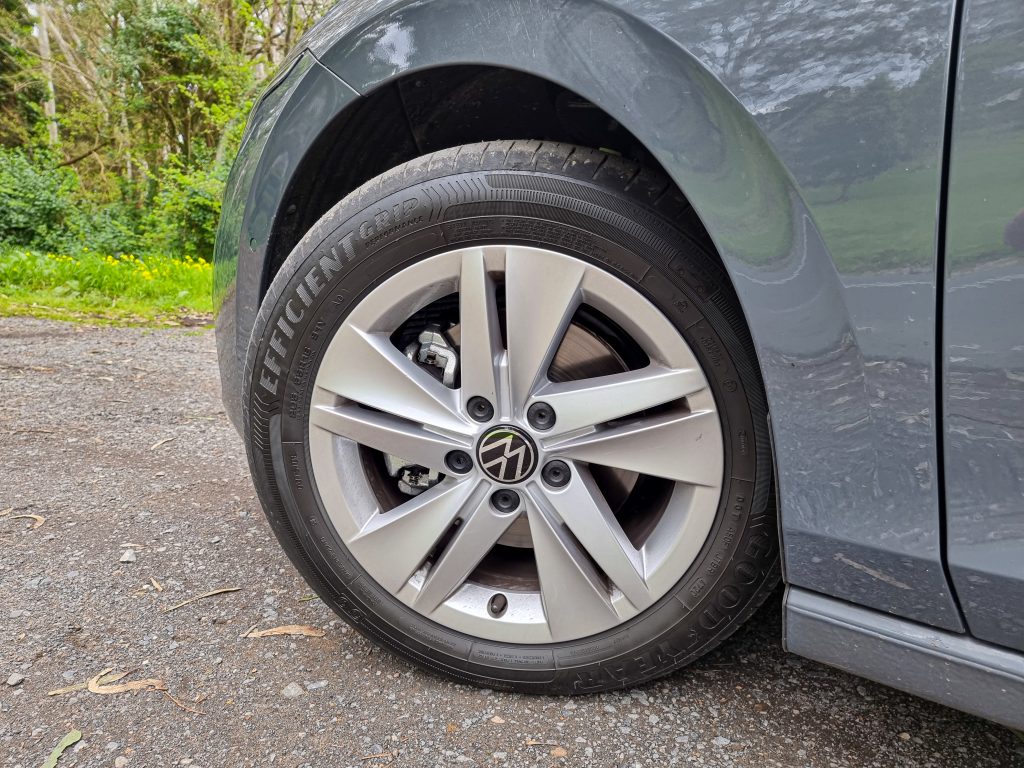
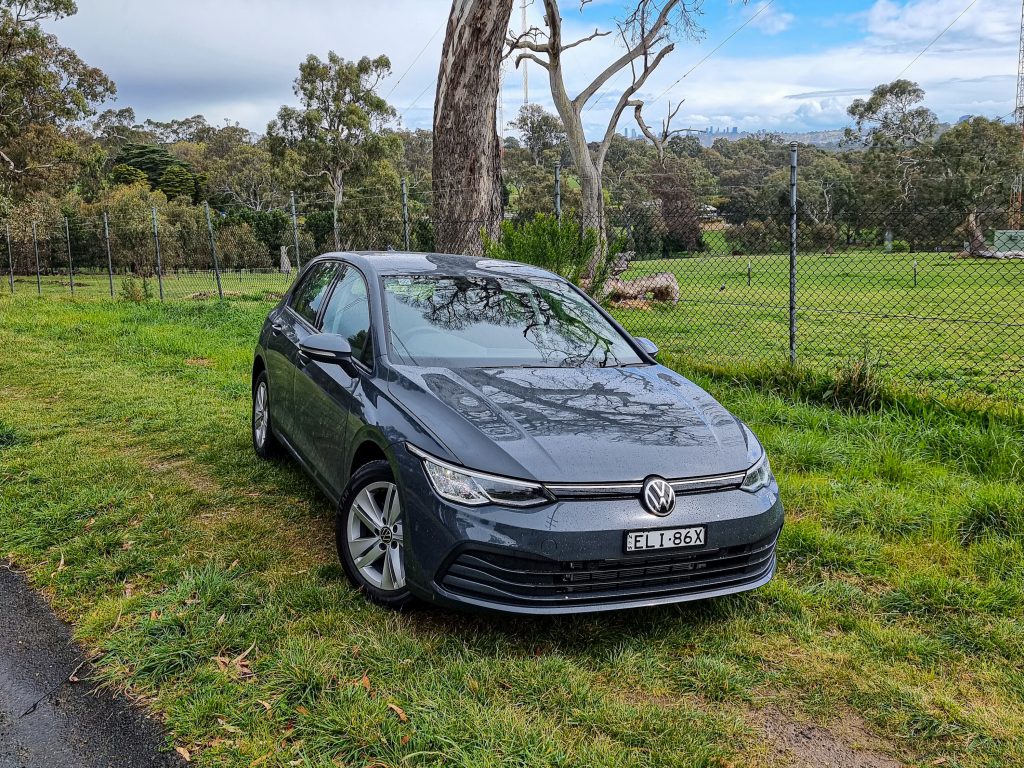
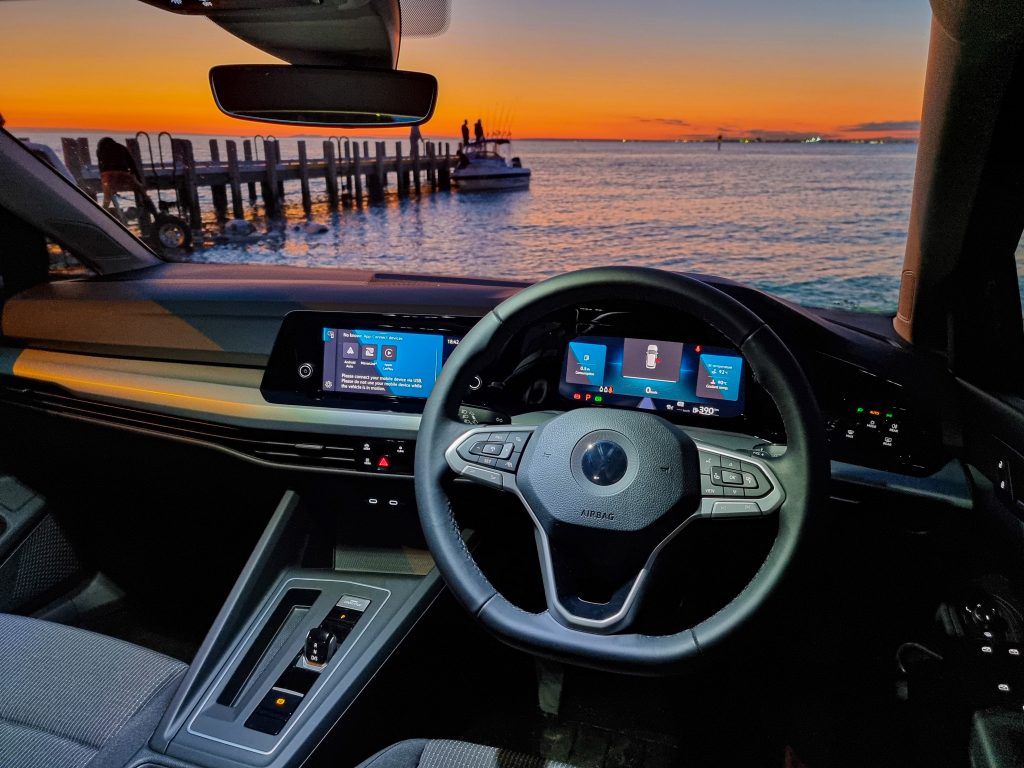
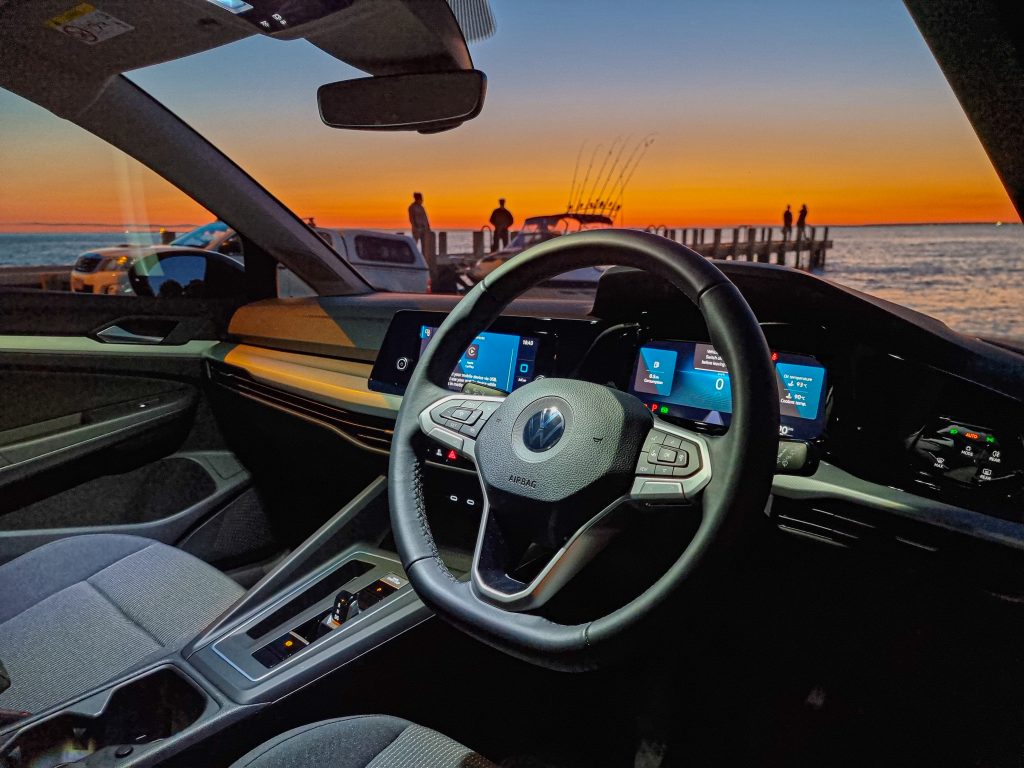
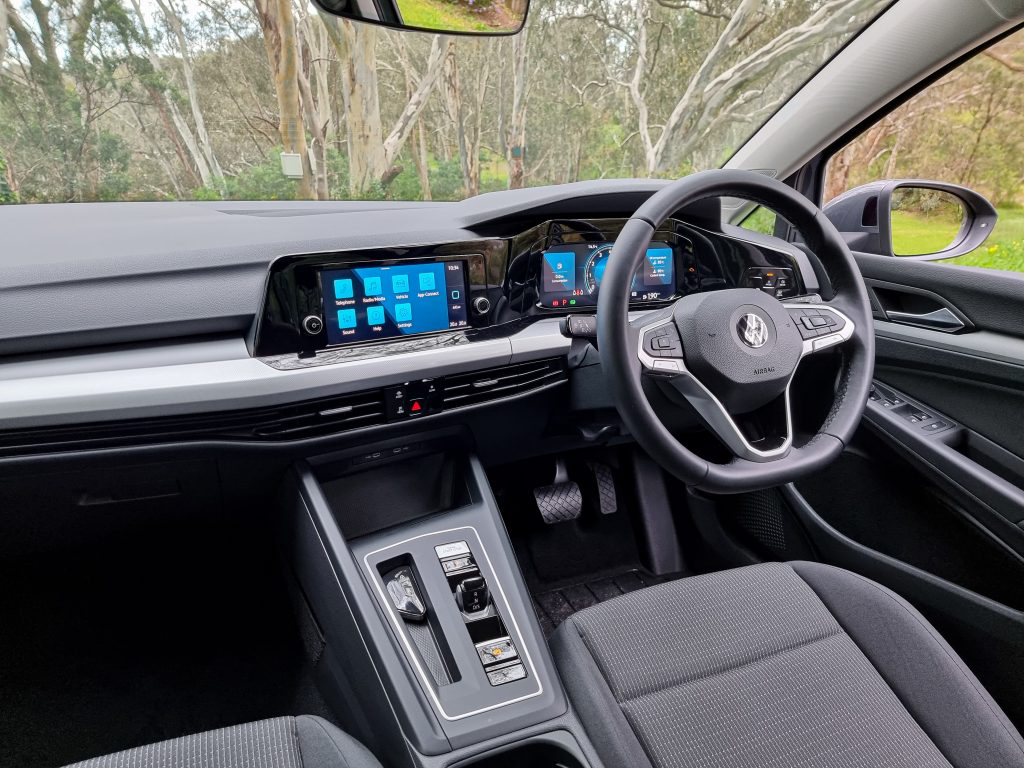
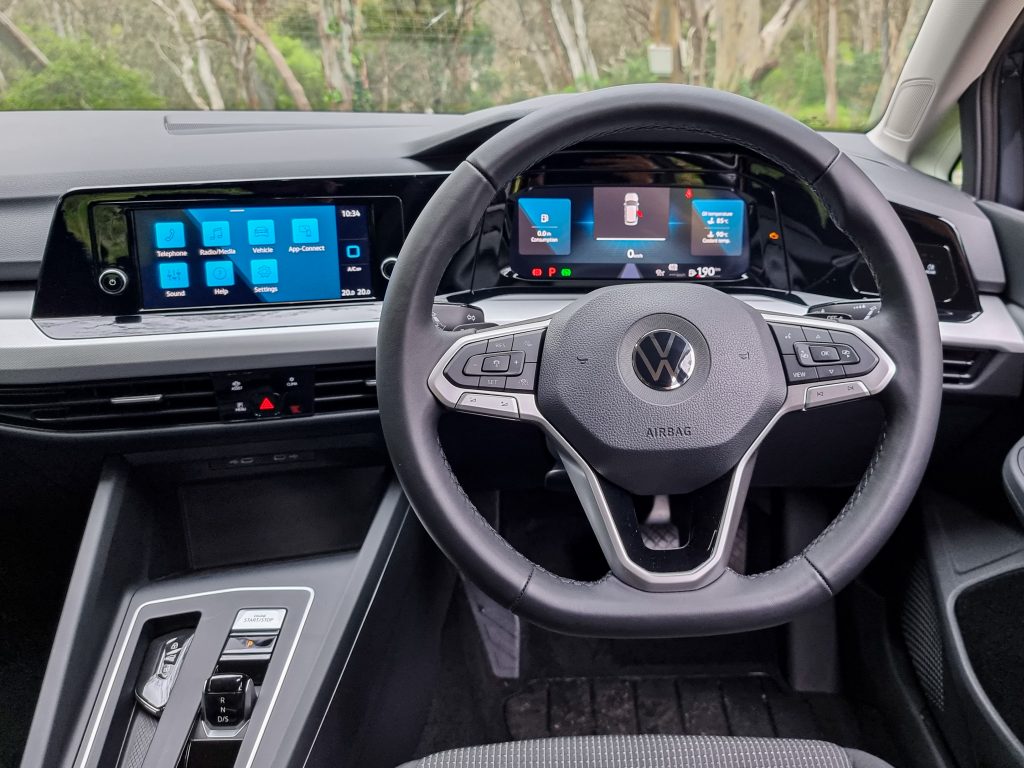
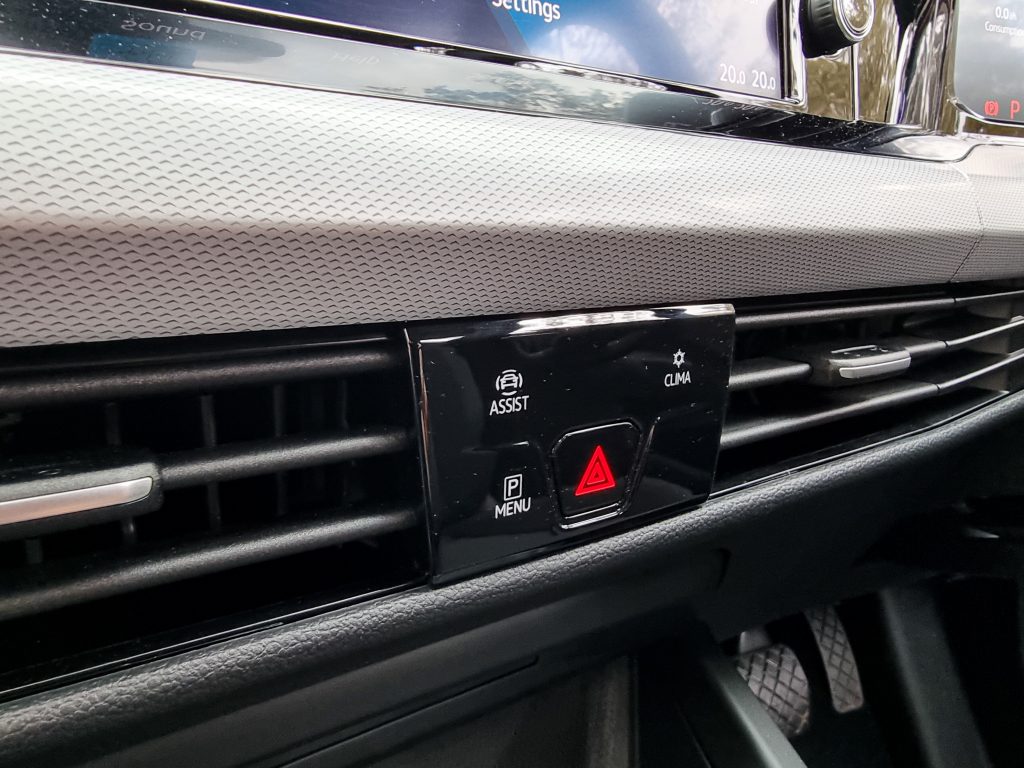
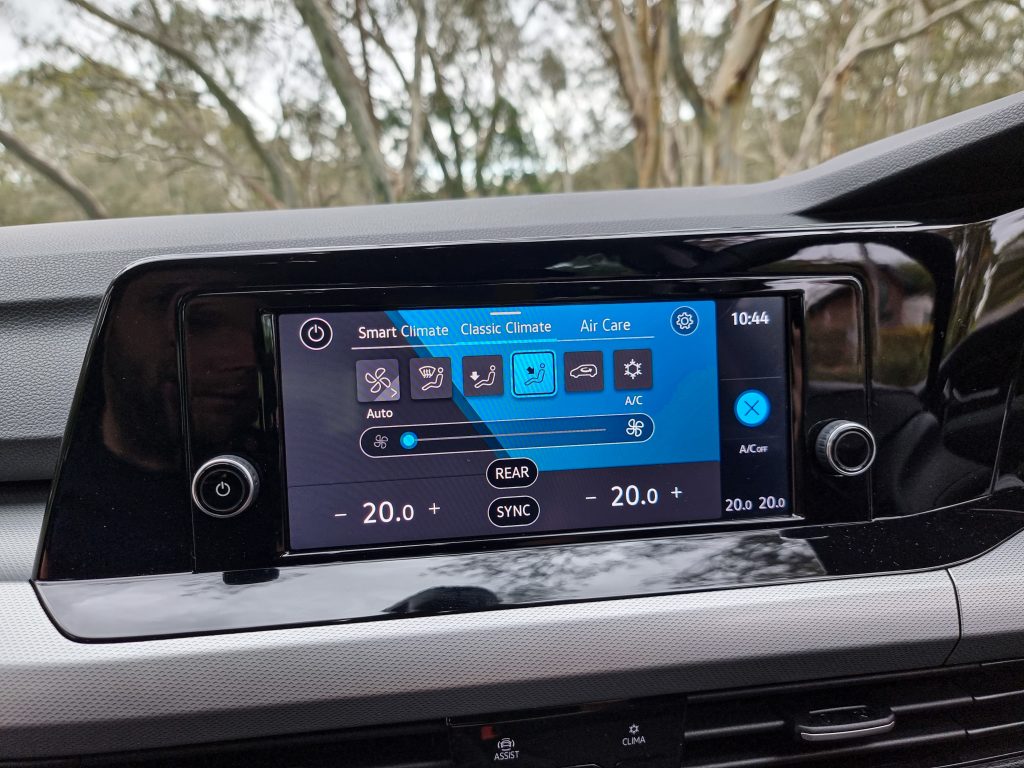
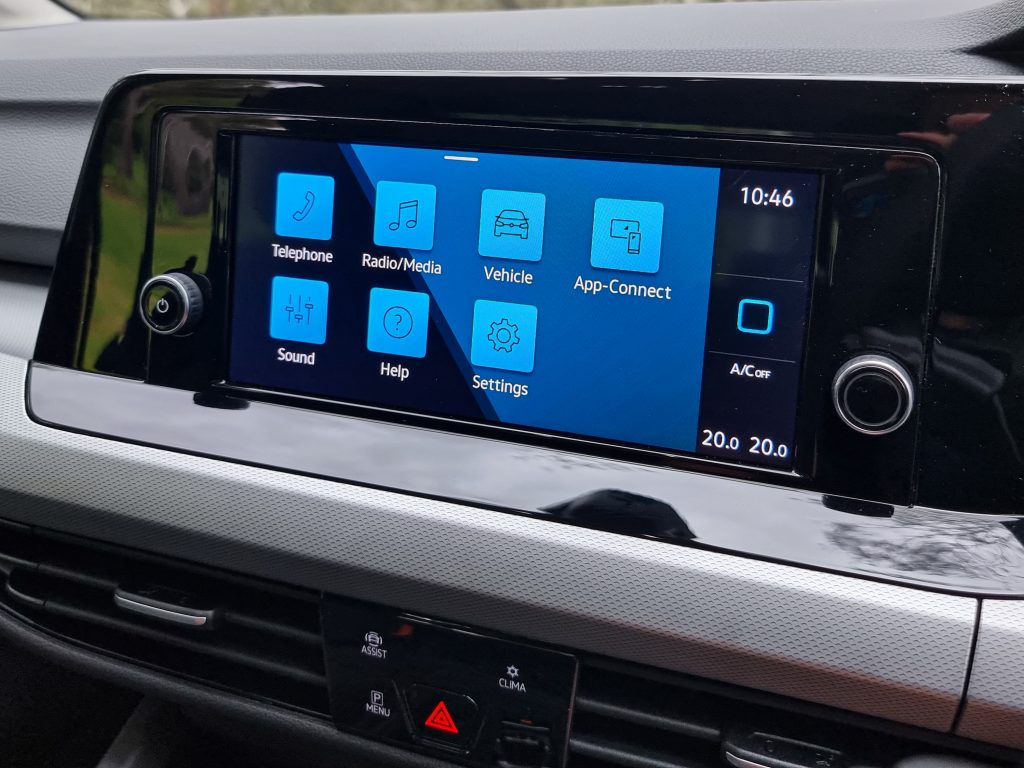
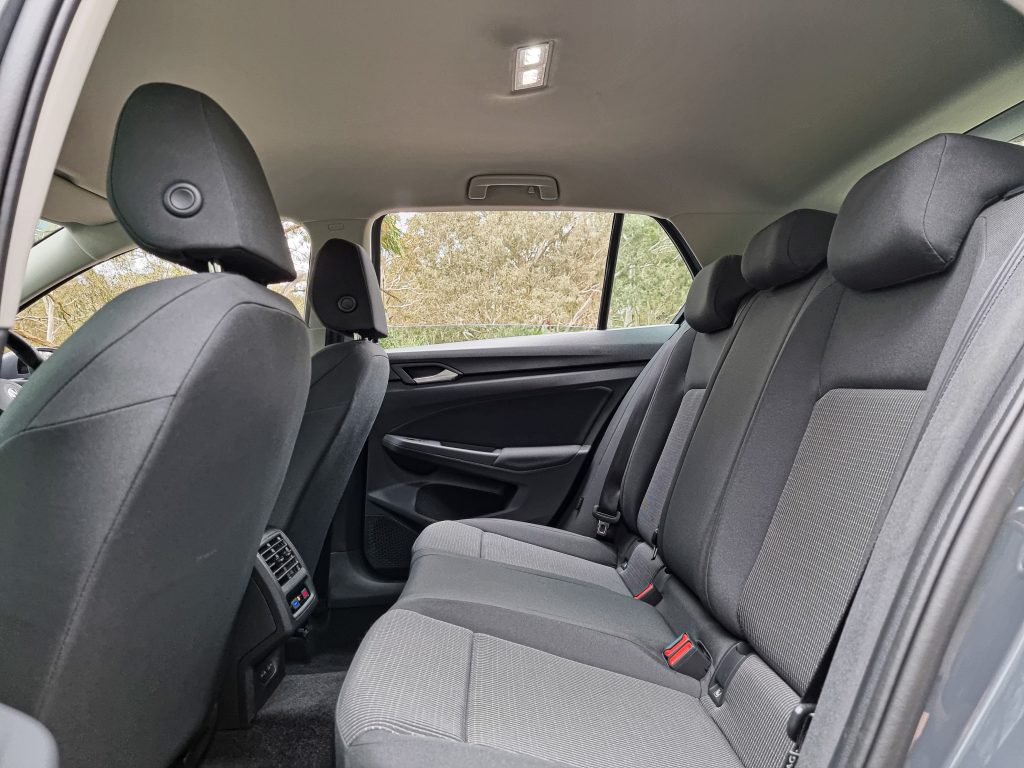
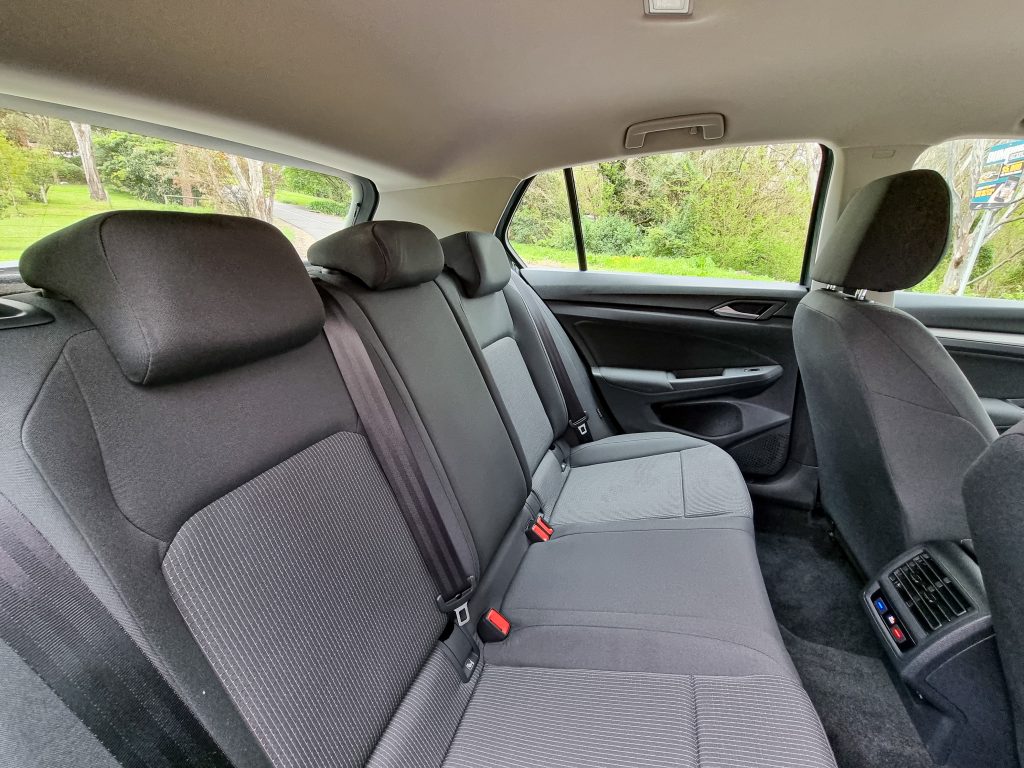
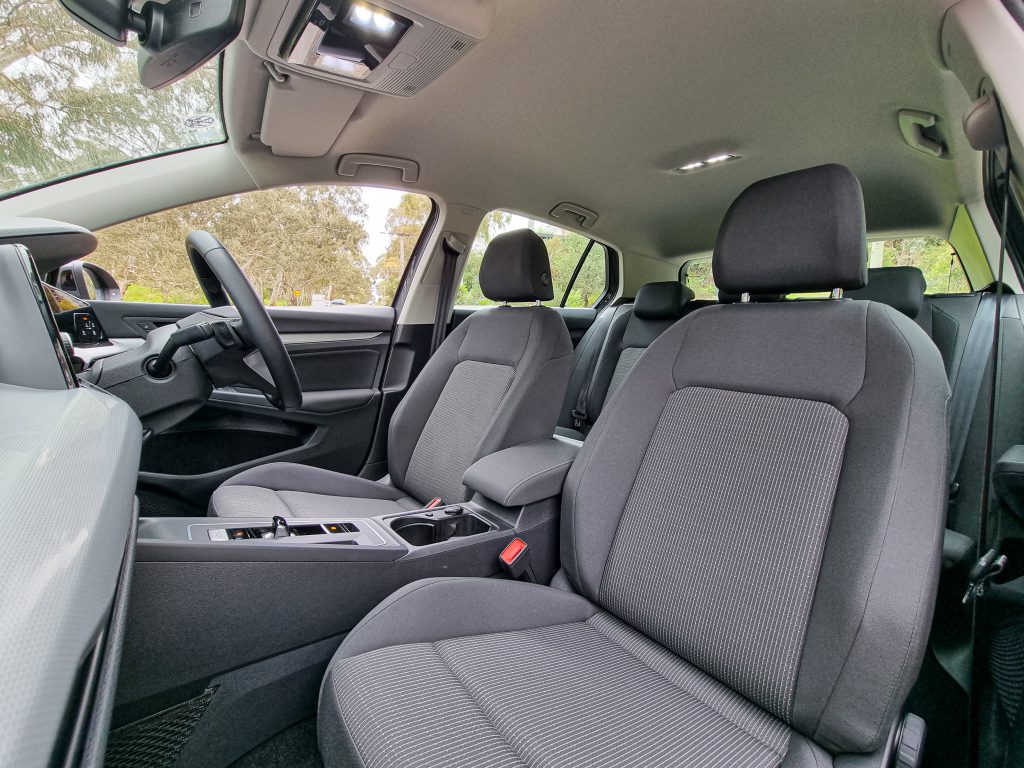
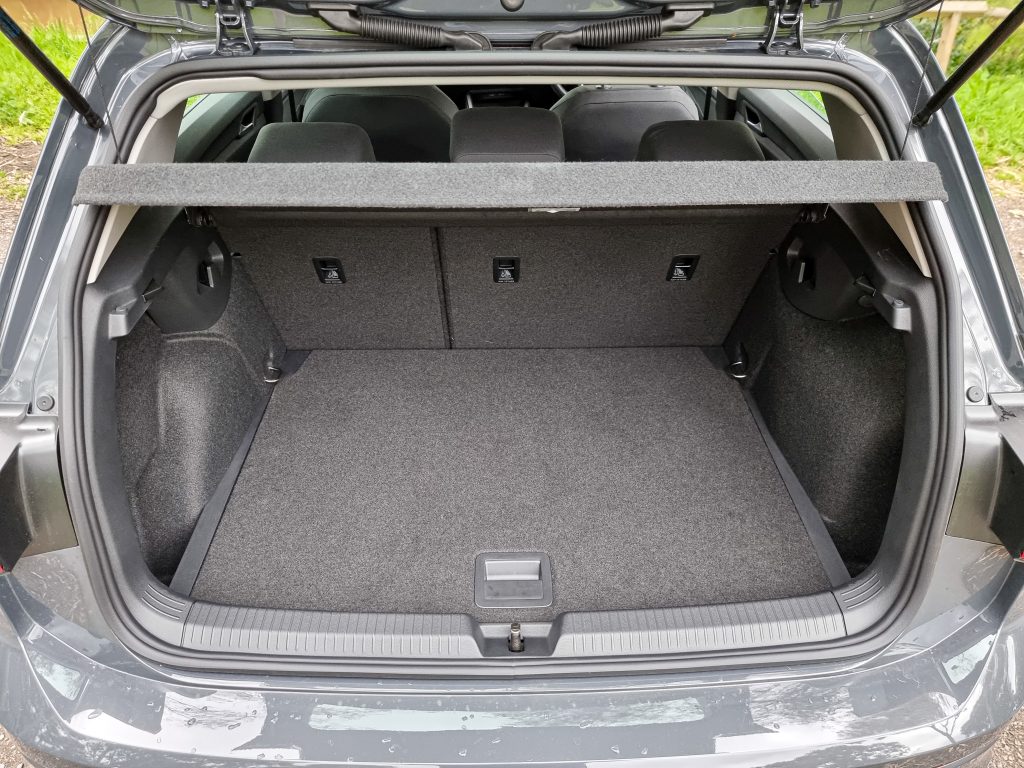
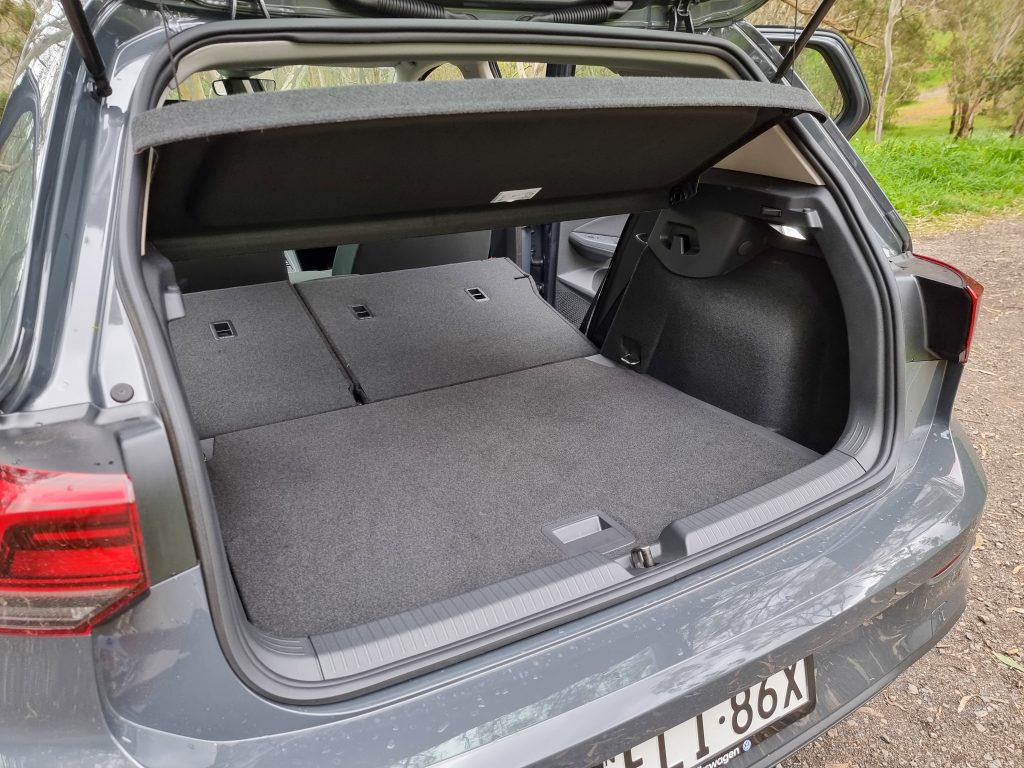
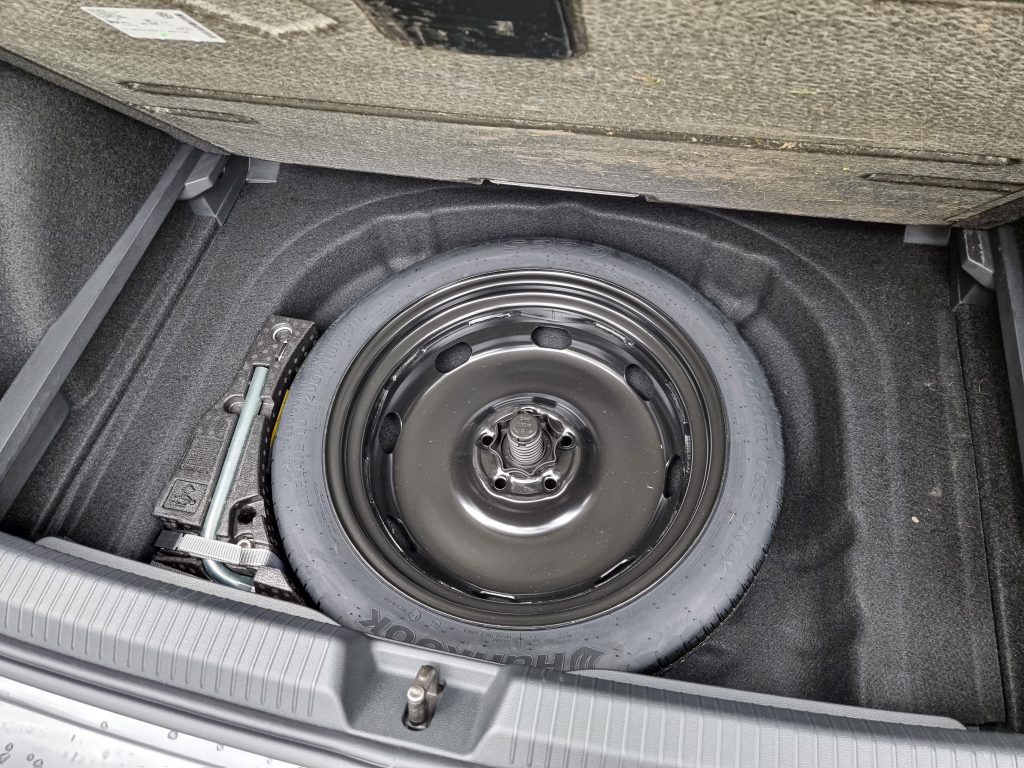
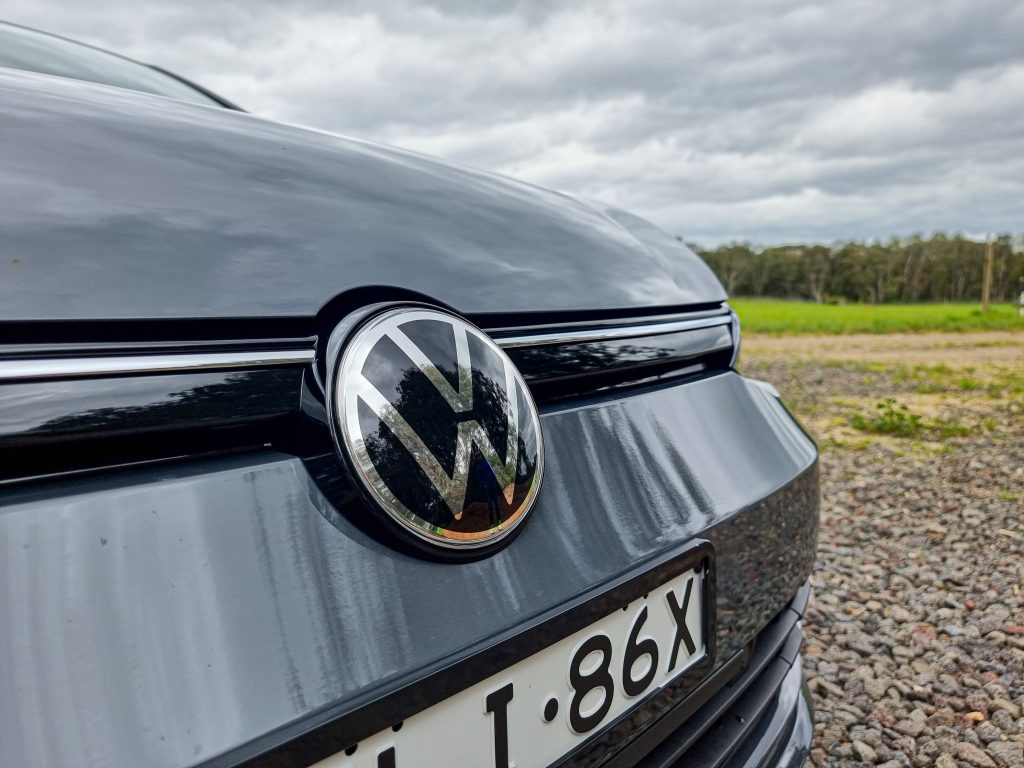
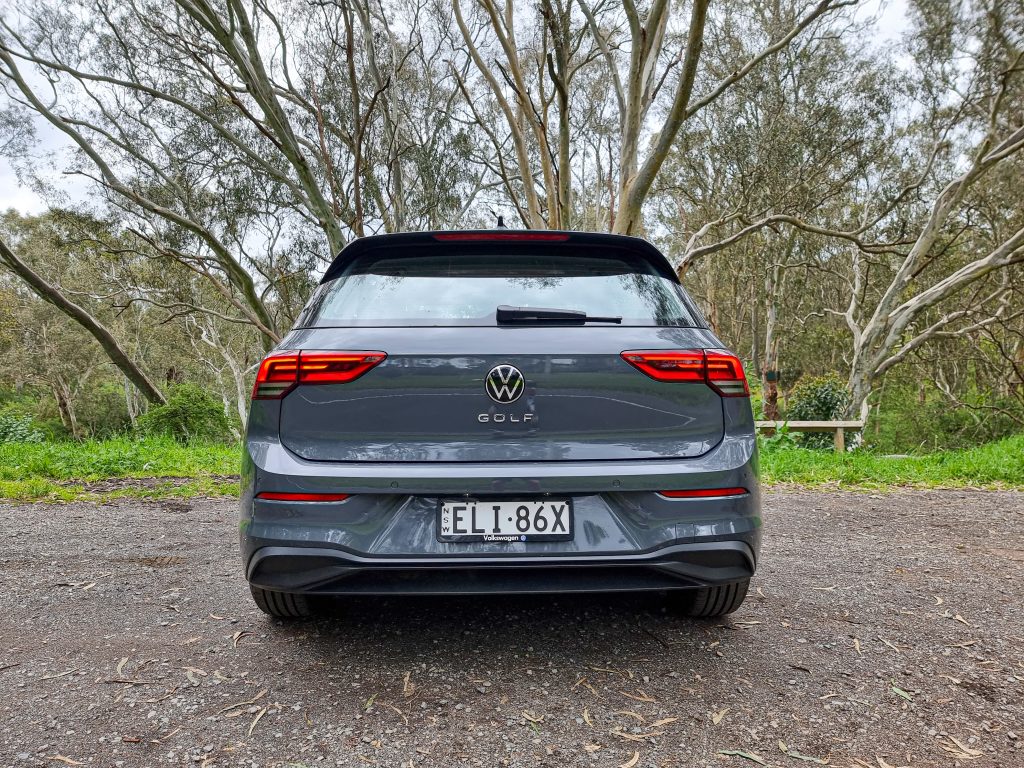
Hi Michal, you are right, too much road noise in the golf, just like my present 7.5 Golf wagon. I will be purchasing a new car next year, and my list includes the Maxda CX30, Skoda Kamiq, Scala, Karoq and the VW T-roc. My main 2 must-haves are a quiet cabin over course chipped roads, and decent ride comfort. I would appreciate any advice you can give as to any of the above or other vehicles that may suit me best? Thanks, Shane
Hey Shane, from your list of small SUVs, the CX-30 is probably the best bet for you. It rides well and is hushed at speed.